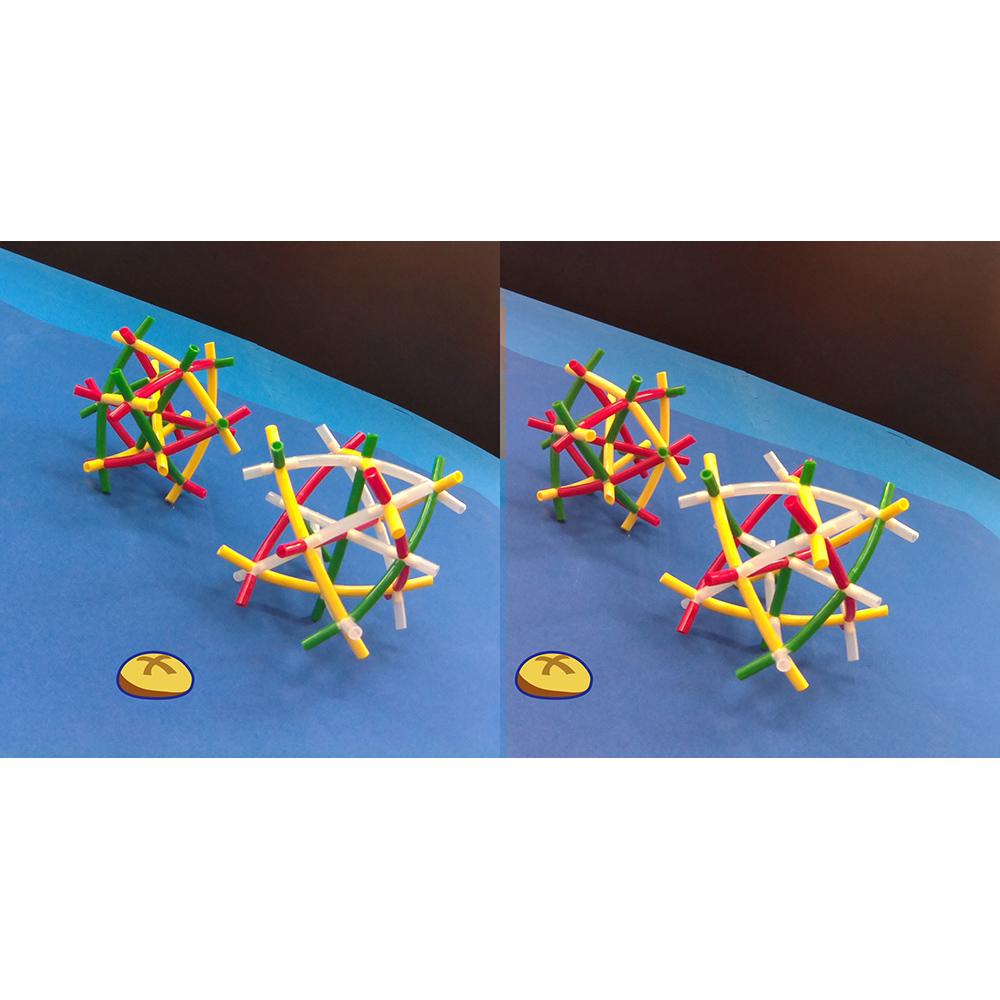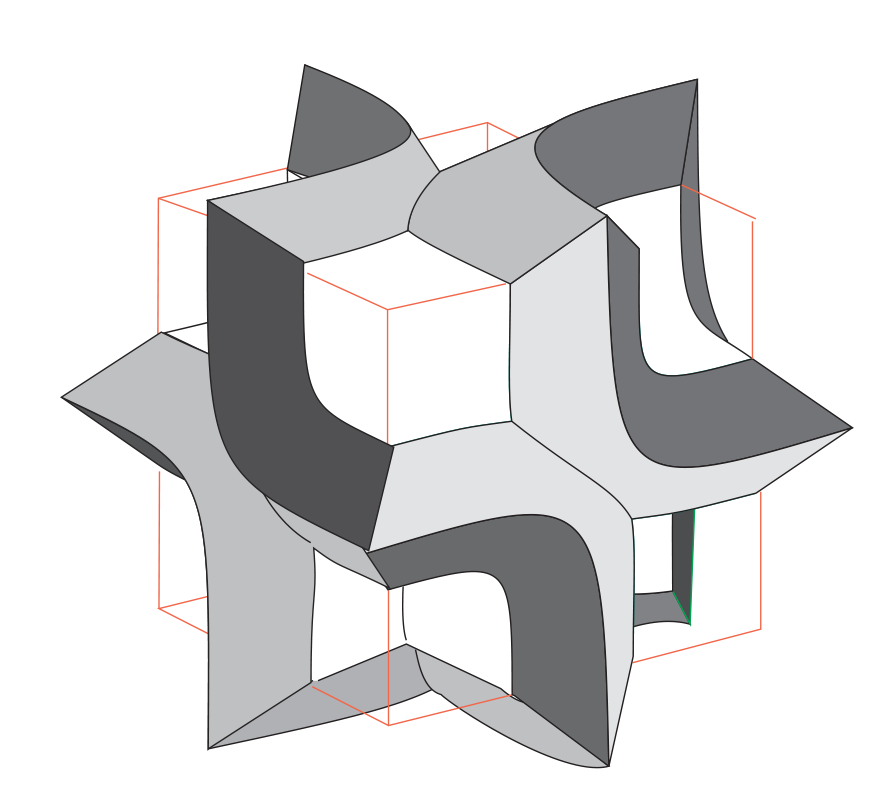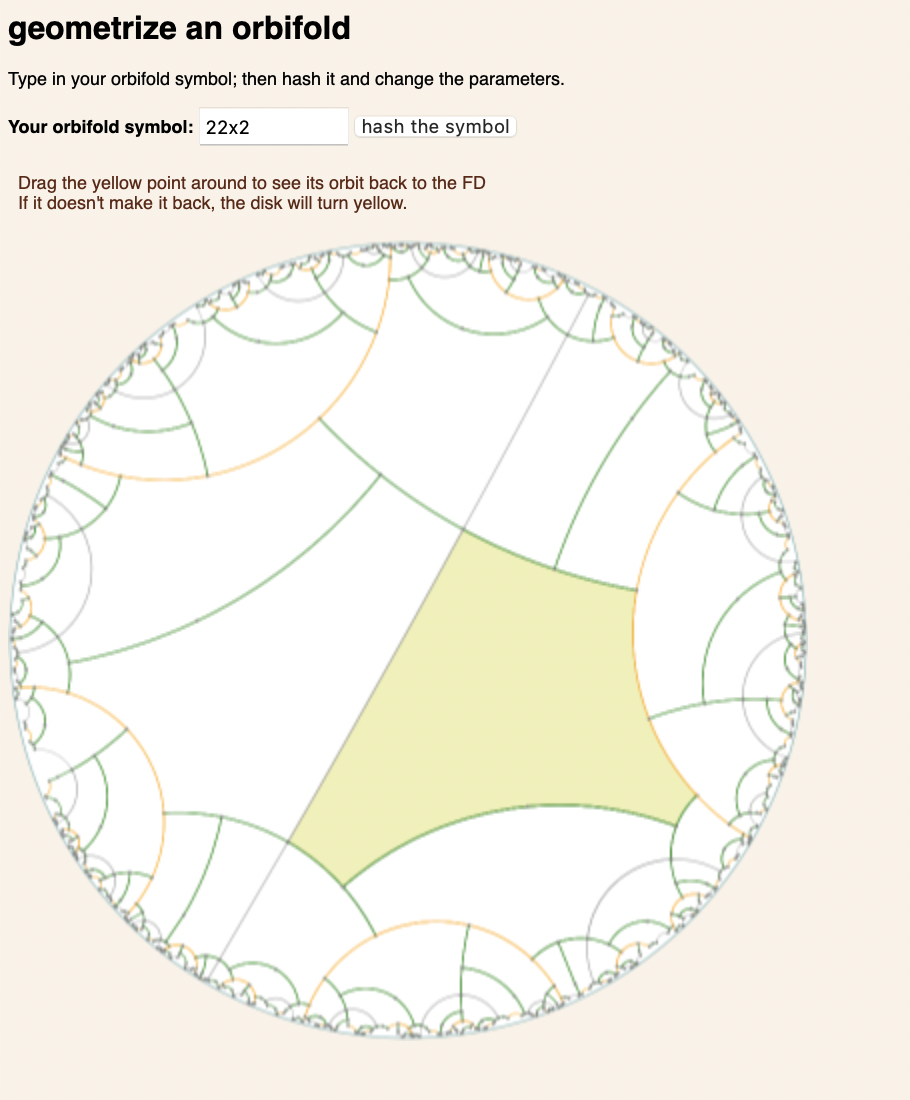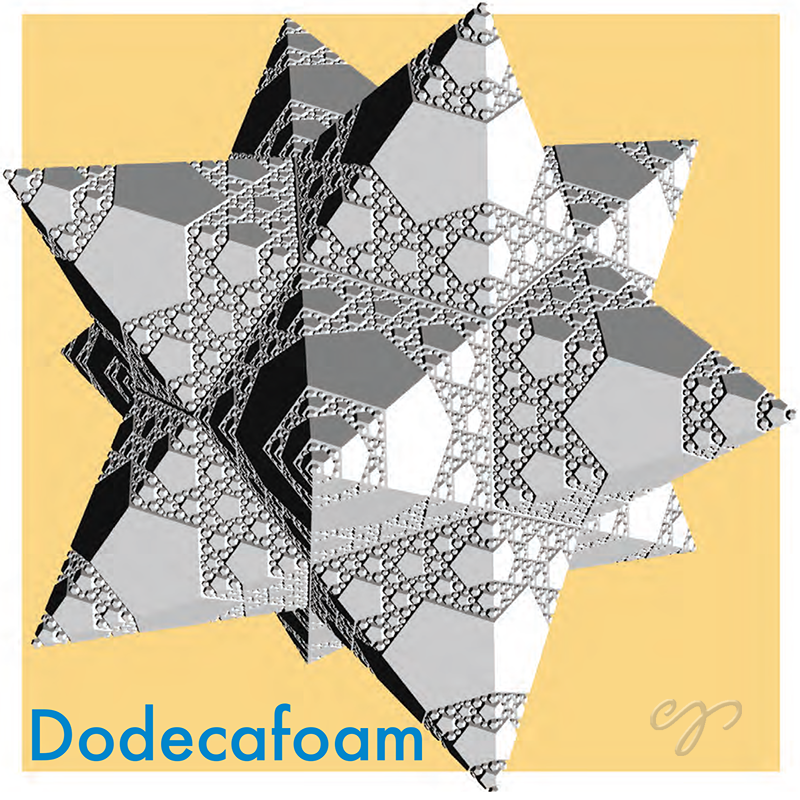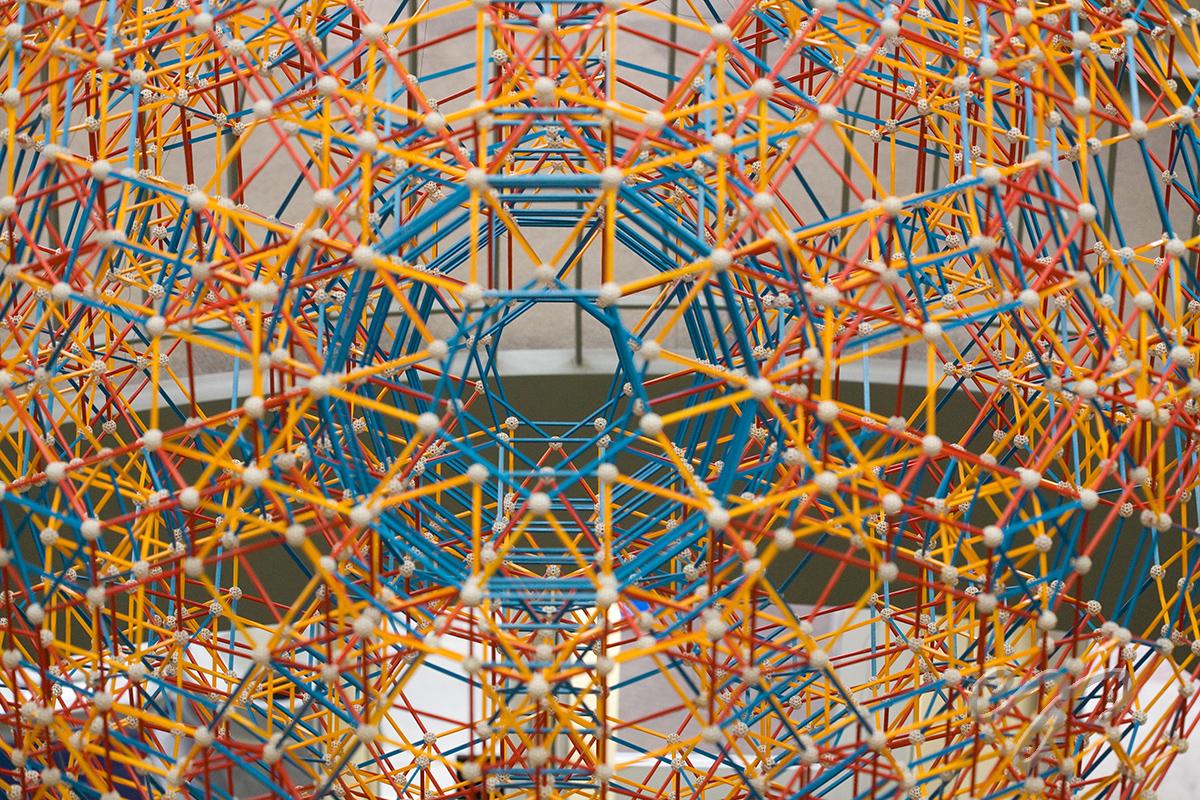
Double Triamond, w/ Hexastix!
“Double Triamond, w/ Hexastix!” created in collaboration with Eugene Sargent, was assembled at the eighth Gathering for Gardner, at Tom Rodgers’ and Sarah Garvin’s beautiful Japanese style gardens and home in Atlanta in 2008. The
